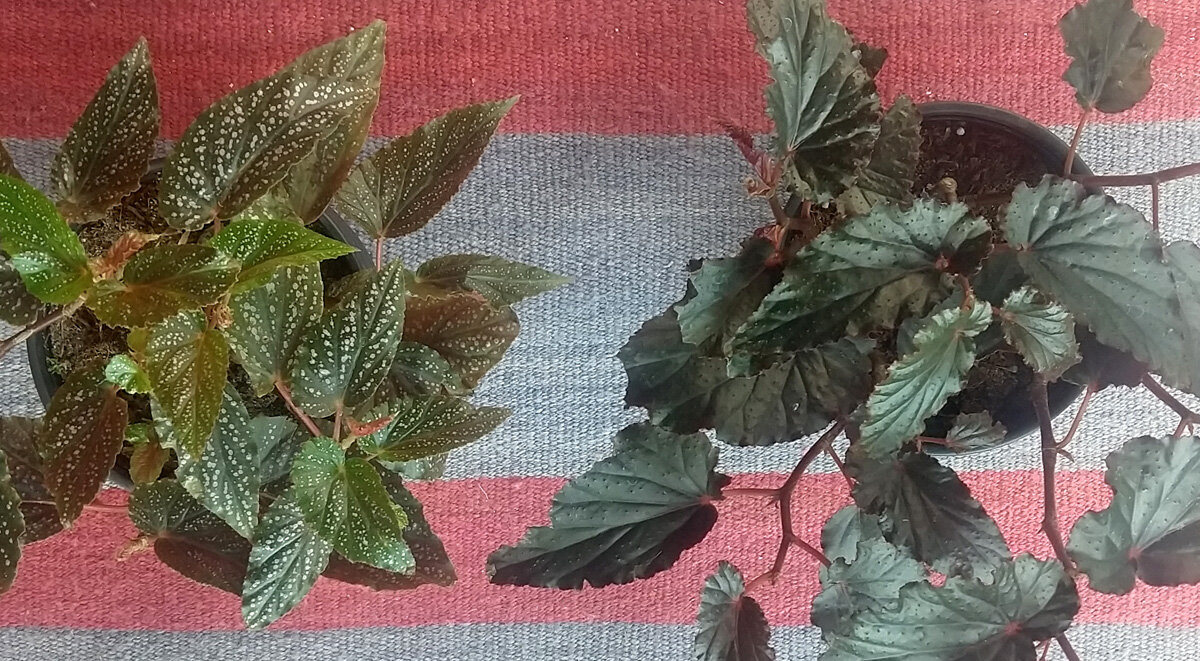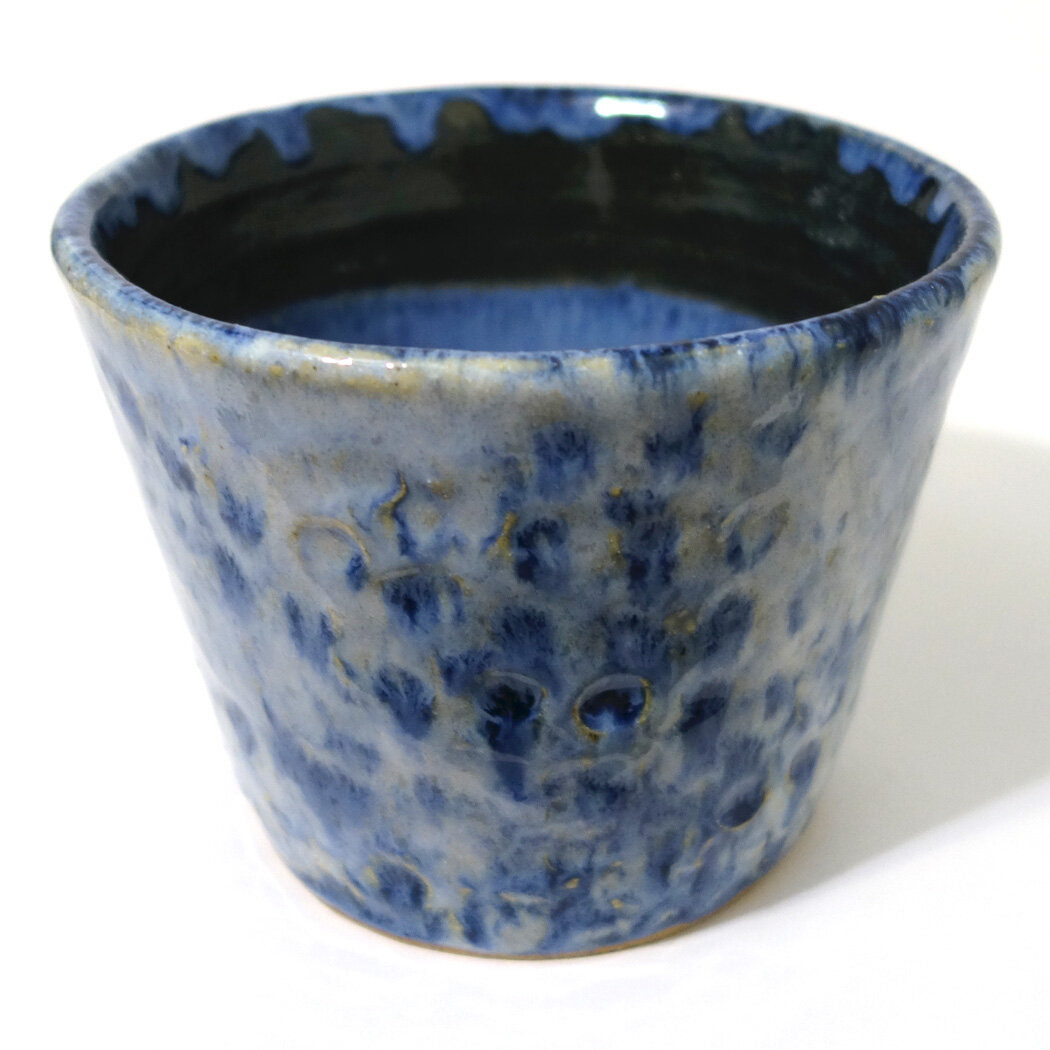I had a few items I needed to pick up at Lowes recently, so I stopped in. As you might suspect of a person who has over 200 plants, if I go to a place for any reason that happens to sell plants, I will also look over the plants. You might be surprised to learn that despite being a person who has over 200 plants, I still sometimes not only look over but also buy plants from Lowes and Home Depot. This is really to their garden sections’ credit; these two big box stores do not just offer the same tried-and-true suite of plants year in and year out but rather - a bit belatedly due to the scale of the endeavor - follow houseplant trends and occasionally offer exciting and somewhat hard-to-find options. (Though if a plant is for sale at Lowes or Home Depot, it isn’t going to be rare for too much longer.)
On this day they had some new-to-me begonias in stock. For the longest time, I wouldn’t grow any begonias because the first time I tried - probably over a decade ago by now - the begonia died extremely quickly and I held a grudge against the whole genus. However, this past summer in quick succession I bought a cane begonia I liked the look of on extreme clearance and obtained a free cutting of another; both did relatively well for me and then I acquired a small Rex begonia a little later. Over this winter, that Rex begonia has begun to flourish and charm me and the two cane begonias have continued to do relatively well. As this nascent collection of begonias was forming, I also began to research more about begonias and now… well, I’m giving them a real try. It’s too early to say whether they’ll be suited for me or I for them in the long term, but I’m enjoying the discovery process.
So, I walk into Lowes’ plant area - which is fully indoors due to the winter - and spot two interesting new begonia cultivars for sale: ‘Linda Dawn’ and ‘Benigo.’ I begin to investigate them closely. The price point is on the high side - $20 each - because they are relatively rare, of medium size, and come with ceramic cache pots. I hem and haw as I look them over about whether I want to pay this much, but I grow more and more inclined not to because the begonias are very clearly partially eaten. In fact, as I really examine the plants, all the young and mature leaves are damaged and missing parts. Only the very newest growth looks whole. It looks quite a bit like caterpillar damage, so I start to think that the greenhouse these were grown in prior to being shipped out had a caterpillar infestation. I don’t see any current caterpillars, though, but I assume the plants were probably fogged as they were shipped out. I decide to walk away, but I’m sad because I would enjoy trying these plants out in my collection if I didn’t feel like the price was unfair for the quality of the plant on offer.
I double back and make my way to a garden center employee I spotted earlier. I ask if there’s any chance I could buy a small cutting or if they might offer a discount on the plants because they are all partially eaten.
The garden center employee knows exactly what I am talking about, and shares with me how the plants are being damaged, which is a genuine surprise to me.
The birds are eating them.
You see, all big box stores with garden centers have become little urbanized ecosystems of their own, complete with wildlife. Pigeons, sparrows, finches, the occasional hawk - there are some animals who spend their whole lives living at a big box store. And this Lowes’ indoor birds have been eating birdseed for sale supplemented with plants they enjoy munching on. Hemigraphis alternata is a very enjoyable snack, and so are these begonias in question.


























































